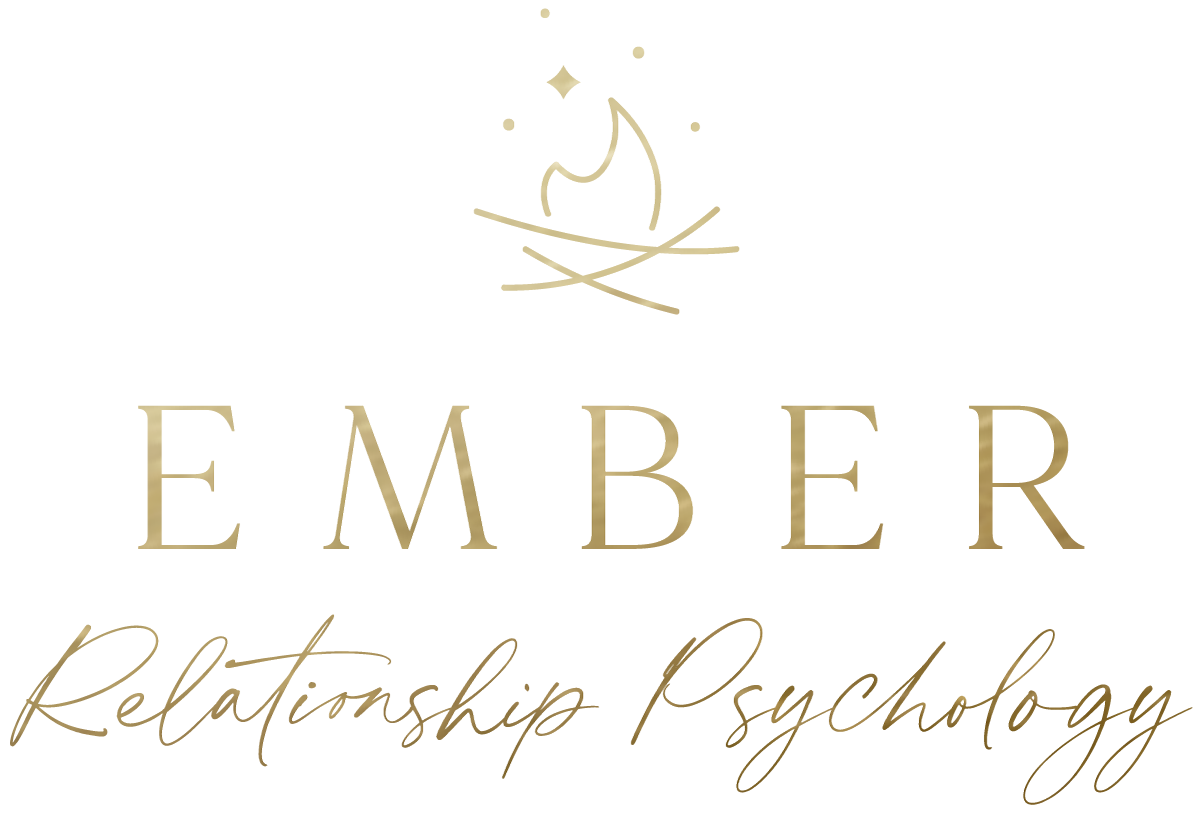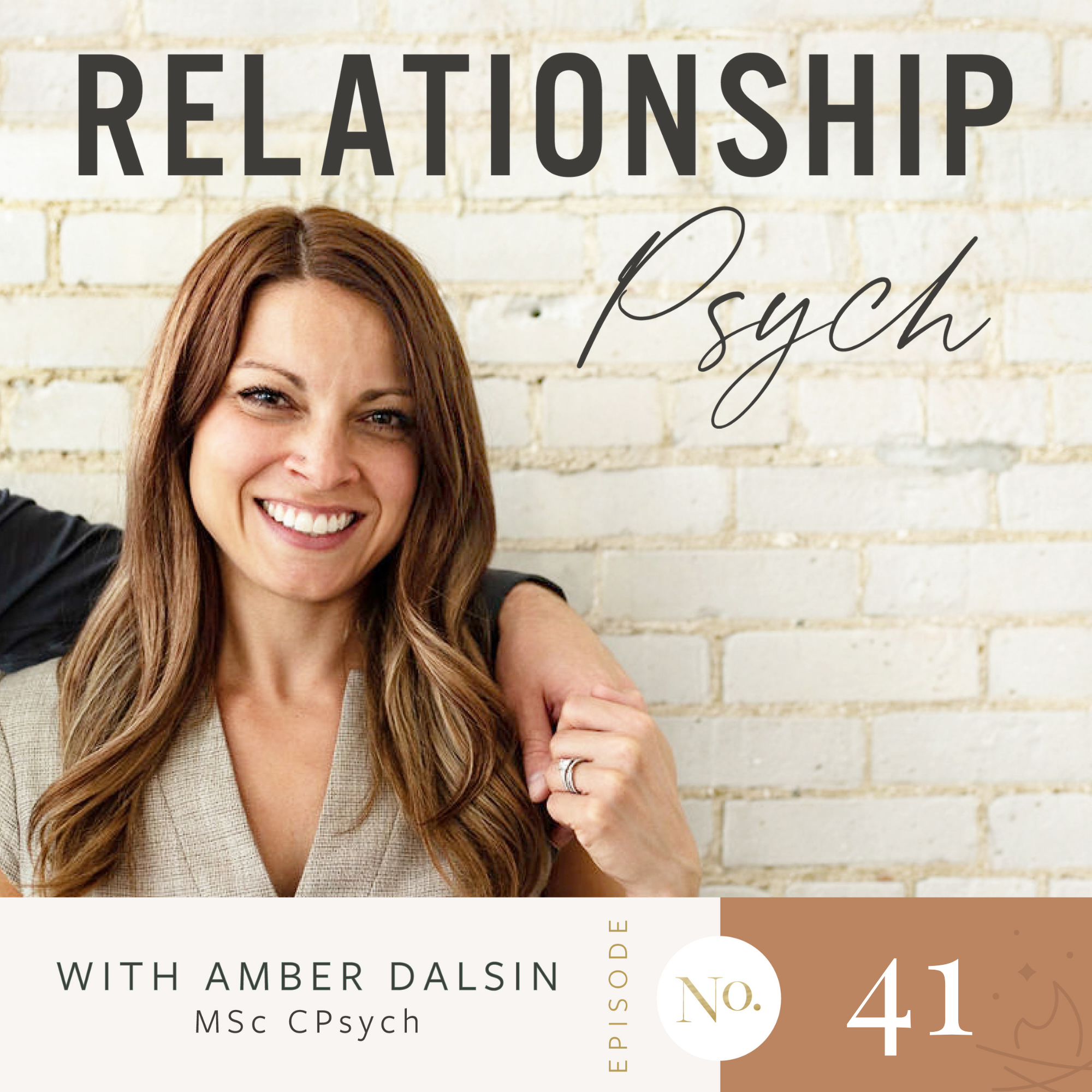41. What Attachment has to do with Communication
What Attachment has to do with Communication
Some people avoid conversations
Other people aggressively attack conversations
While yet others openly chat and hear the other person and calmly express their side.
Depending on our underlying attachment styles, and beliefs and values, we will respond in conversations in different ways.
In the episode The Secret Behind Creating a Love That Lasts With Any Attachment Style (37) we review the attachment styles in a relationship. For more on attachment, see that episode.
In this episode we will explore attachment common communication patterns that arise due to our attachment styles being activated.
We look at activation responses in:
Anxious attachment
Avoidant attachment
Secure attachment
And what it would take to start to change these Reponses.
This podcast is for informational purposes only.
This is a loose transcription and may not be 100% accurate
What Attachment has to do with Communication
Some people avoid conversations
Other people aggressively attack conversations
While yet others openly chat and hear the other person and calmly express their side.
Depending on our underlying attachment styles, and beliefs and values int her world, we will respond in conversations in different ways.
In the episode The Secret Behind Creating a Love That Lasts With Any Attachment Style (37) we review the attachment styles in a relationship. For more on attachment, see that episode.
In this episode we will explore attachment common communication patters that arise due to our attachment styles.
I get the pain caused by different communication styles. Some partners feel like they are walking on egg shells, others feel they aren’t heard, and some feel desperate for connection.
Secure attachments these are for people that are low in anxiety in relationships with others and low and avoidance in relationships with others these people usually feel comfortable with intimacy and don't really obsess about the relationship they coast along they want closeness but they can also be apart from their partner.
Anxious . People who have anxious attachment are usually low in avoidance and high anxiety. This means they really deeply want to be close and connected to their partner and at the same time they have a number of fears that relates to not getting their emotional needs met or their partner eventually leaving them either physically or emotionally.
Avoidant these are the people that are low in anxiety but they are high in avoidance. These are the kinds of people that end up feeling odd and don't prefer when things are very close are intimate. They have a high degree of autonomy and a sense of wanting freedom. It’s as if there is a need to freedom or separateness that can be difficult to articulate.
Based on each person’s comfort with closeness and how much anxiety they have, they will communicate in different ways.
Lets explore what prompts different communication.
At the heart of attachment styles we have a fear of our core needs not being met. When an attachment trigger is activated we go into fight, flight or freeze. This can be thought of as the surrender, avoid, or overcompensate response. When we surrender to the belief cultivated by our attachment style.
If we are anxious we will be believe that the relationship was doomed to end and now that is coming true, you might feel desperate to talk, or you could be flooded with reasons your partner shouldn’t pick you. If you are believing all of these things in that moment, that mean this person would be surrendering to the schema, believing all of these things to be true. Consider how a person would communicate if they believed these things? Do you think they would calmly sit down and express themselves? They might be able to when they are not activated or if they have done a lot of work on their communication. What is more likely if they are believing these things is will engage in a surrender, avoid or overcompensatory strategy rather than calmly expressing themselves. An overcompensation response they will act out and be aggressive or hostile, call repeated to make contact, or try to manipulate the situation to get connection. When doing this the communication often comes off like blame, or aggressive, intense or confusing- the goal of these behaviours is to prevent he feared outcome from coming true. If this person is in avoidance-t hey will try to avoid the person or situation making them upset, avoid being in relationship- so they could distract themselves, or use substances to attempt to eradicate the distress. Lastly if they are surrendering, they might not do anything, rather not say how they feel while staying in a relationship they feel unsafe in and that their needs are not being met in.
When someone has a more avoidant style they will have different beliefs. They are more like to think about how their partner is not compatible, feel like they don’t have enough freedom, and think their partner has malicious intentions. Because they have different thoughts and core fears their coping responses will be different in the surrender, overcompensation and avoidance responses. If they are avoiding to this belief they are more likely to avoid being vulnerable, and keep secrets to themselves. If they are overcompensating they are likely to hurt others before they can be hurt, and if they are surrendering to this belief they might pick partners that they feel like they don’t have enough freedom and who treats them poorly.
So the goal is to understand we all have triggers and we can all be activated due to our partner’s behaviour or other life circumstances to believe what our attachment is telling us. The better we get at identifying the triggers and what is happening inside us, the more we can see how our trigger influences how we communicate. If we can practice pausing and considering how someone who we admire in a relationship might respond, or consider alternative behaviours we have the power to change our communication to increase the chances our needs truly get met.
By understanding your triggers and choosing to work at effective communication you can generate the tools needed to cultivate a long lasting love. You can turn your vulnerabilities into strengths by learning communication tools to honor your vulnerabilities and learn how to express them in ways that honor your core needs and are respectful of your partners needs and dreams.
The difference in securely attached partners. Many people with secure attachment style belief that their needs and dreams are worth expressing. They have a belief that people will hear them and will generally be validating and loving in response to these concerns.
If you believe these things about yourself… how do you imagine you will communicate?
You can learn new communication skills. Even if feels hard, I’m thinking right now about how old dogs can learn new tricks… in the case of my dog he just needs a good treat or a worth while reward.
The key things to take away from this episode is understanding how you respond when you are activated by your partner and the behaviours you engage in when your core needs are not being met. Then consider… if you believed that your needs and dreams were worth expressing and you believed your partner would be loving and validating, how would you communicate?
Yes… I know your partner might not be loving and validating… but if they were… how would you speak. By considering these ideas you are paving the path to changing your communication patterns.
Host- Amber Dalsin, MSc., C.Psych.
This is for informational purposes only

